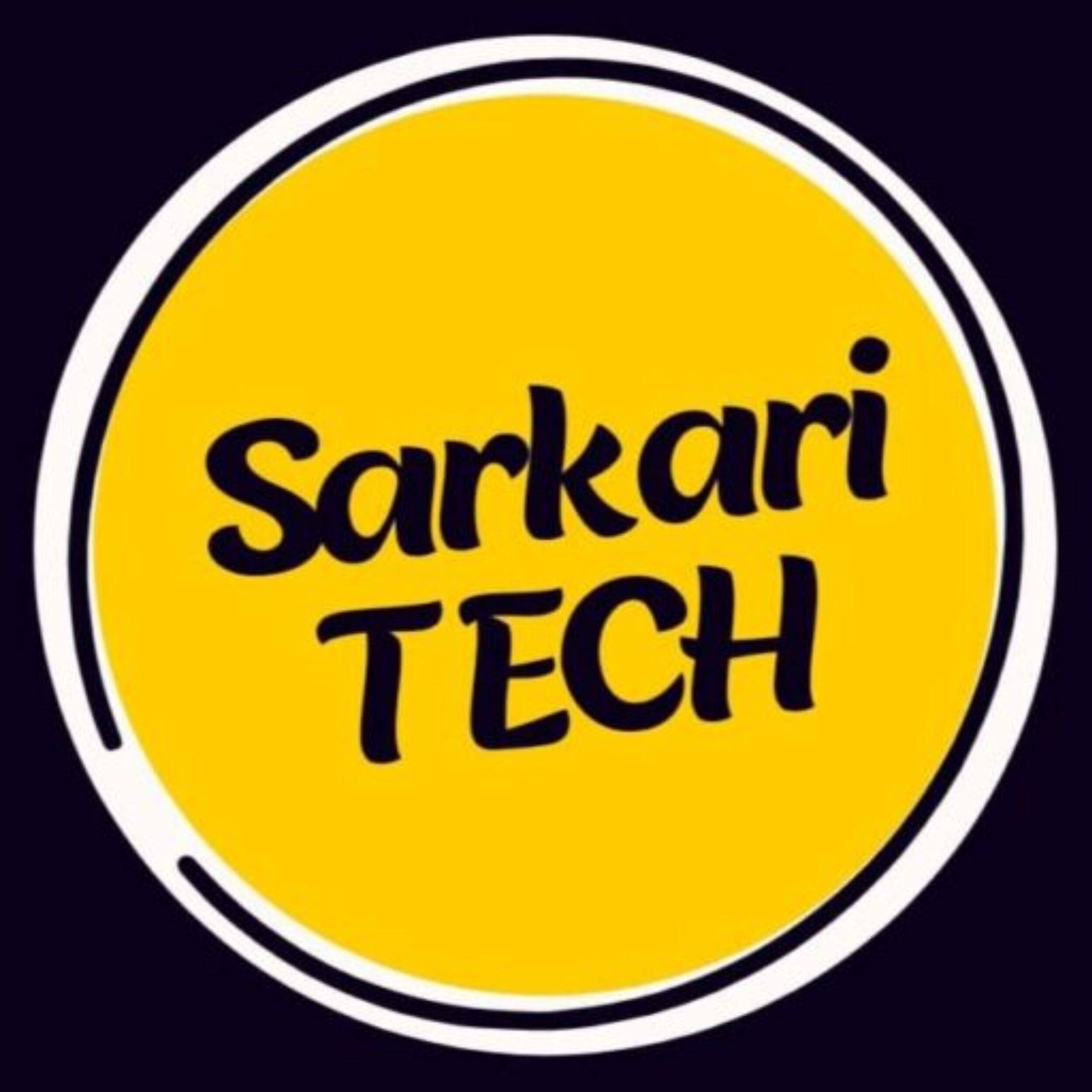Introduction
The telecommunications industry is at the forefront of technological innovation and connectivity. Key players like Vodafone Idea, Nokia, and Ericsson have shaped this landscape through their services, technologies, and partnerships. This analysis will delve into the dynamics between these entities, exploring their history, current status, and future prospects.
Vodafone Idea: A Giant in Indian Telecommunications

Overview
Vodafone Idea Limited, formed from the merger of Vodafone India and Idea Cellular in 2018, stands as one of India’s largest telecom operators. With a diverse portfolio of services, it offers mobile voice and data services, along with various value-added services.
Historical Context
- Formation: The merger aimed to tackle intense competition in the Indian market, particularly from Reliance Jio, which had drastically altered pricing structures with its entry in 2016.
- Market Position: At its inception, Vodafone Idea boasted a massive subscriber base, positioning itself as a leader in terms of market share.
- Challenges: Despite a strong start, the company faced significant financial hurdles, including a heavy debt burden and regulatory challenges related to Adjusted Gross Revenue (AGR).
Financial Struggles
Vodafone Idea has faced mounting losses, primarily due to:
- Debt Load: The combined debt from the merger placed the company in a precarious financial position, necessitating strategic restructuring and funding.
- Competition: The aggressive pricing strategies of competitors like Reliance Jio put additional pressure on revenue.
- Regulatory Issues: Legal battles over AGR liabilities have strained resources and diverted focus from operational efficiency.
Strategic Responses
- Raising Capital: Vodafone Idea has explored various avenues for capital infusion, including stake sales and partnerships.
- Network Expansion: Investing in infrastructure to enhance network quality and coverage has been crucial for retaining and attracting subscribers.
- Customer Focus: Launching innovative tariffs and plans aimed at diverse customer segments has been a key strategy to improve customer retention.
Nokia: Technology Innovator
Overview
Nokia, a historic player in telecommunications, has pivoted from being a mobile phone manufacturer to a leader in network infrastructure and services. The company’s technology is critical for enabling advanced telecommunications, including 5G networks.
Historical Context
- Legacy and Transformation: Once a dominant mobile phone brand, Nokia restructured in the early 2010s to focus on network solutions, culminating in the acquisition of Alcatel-Lucent in 2016.
- Current Focus: Today, Nokia specializes in providing end-to-end network solutions, including software, hardware, and services to telecom operators.
Innovations and Solutions
- 5G Technology: Nokia has been at the forefront of 5G development, offering cutting-edge solutions that enable higher speeds, lower latency, and massive device connectivity.
- Network Automation: Their focus on network automation helps telecom providers reduce operational costs and enhance service delivery.
- Sustainability Initiatives: Nokia emphasizes environmentally sustainable practices in its operations and product offerings, aligning with global sustainability goals.
Ericsson: A Global Leader in Telecom Infrastructure
Overview
Ericsson is another key player in the telecommunications sector, providing hardware, software, and services for network infrastructure worldwide. Its innovations have driven the evolution of mobile networks from 2G to the current 5G landscape.
Historical Context
- Founding and Growth: Founded in 1876, Ericsson has evolved alongside the telecommunications industry, establishing itself as a leader in mobile infrastructure.
- Strategic Acquisitions: The company has expanded its capabilities through strategic acquisitions, enhancing its technology portfolio and market reach.
Key Contributions
- 5G Rollout: Ericsson is heavily involved in global 5G deployments, partnering with operators to deliver enhanced connectivity solutions.
- End-to-End Solutions: They provide comprehensive solutions that include everything from radio access networks to cloud services.
- Research and Development: Significant investment in R&D has allowed Ericsson to stay ahead in technology trends, including AI and IoT integration in networks.
Collaboration between Vodafone Idea, Nokia, and Ericsson
Strategic Partnerships
- Network Infrastructure: Vodafone Idea has partnered with both Nokia and Ericsson for its network infrastructure needs. This collaboration is crucial for upgrading and expanding network capabilities to meet the demands of 5G.
- Shared Innovations: Working closely, these companies can innovate and create solutions tailored to the Indian market, addressing local challenges such as urban-rural connectivity disparities.
- Cost Efficiency: Collaborative efforts help streamline operations and reduce costs, allowing Vodafone Idea to remain competitive in pricing.
Challenges of Collaboration
- Integration of Technologies: Merging different technologies and platforms can be complex, requiring careful management and coordination.
- Market Dynamics: The rapidly changing telecommunications landscape necessitates agile responses from all partners, which can strain collaborations.
Future Prospects

Vodafone Idea
- Financial Restructuring: Successful capital infusion and debt restructuring will be critical for Vodafone Idea’s sustainability and growth.
- Technological Advancements: Continued investment in network infrastructure, particularly for 5G, will be essential for maintaining competitiveness.
- Customer Experience: Focusing on enhancing customer experience through personalized services and innovative offerings can help regain market share.
Nokia
- Leadership in 5G: As demand for 5G services grows, Nokia’s leadership position can translate into increased revenue and market presence.
- Emerging Technologies: Investing in emerging technologies, including AI and IoT, will position Nokia favorably for future telecommunications trends.
- Sustainable Practices: Continuing to prioritize sustainability can enhance Nokia’s reputation and appeal in the global market.
Ericsson
- Global Expansion: As a leading provider of network infrastructure, Ericsson’s ability to expand into new markets will bolster its growth prospects.
- Innovative Solutions: Continued focus on innovation in software and services will ensure Ericsson remains relevant as the industry evolves.
- Partnerships and Alliances: Building strategic partnerships will be crucial for leveraging opportunities in new technologies and market segments.
Conclusion
The interplay between Vodafone Idea, Nokia, and Ericsson exemplifies the complexities and dynamics of the telecommunications industry. As they navigate financial challenges, technological advancements, and intense competition, their partnerships will be crucial for driving innovation and ensuring sustainable growth. The future holds promising opportunities for these companies, provided they can adapt and collaborate effectively in a rapidly evolving market.



